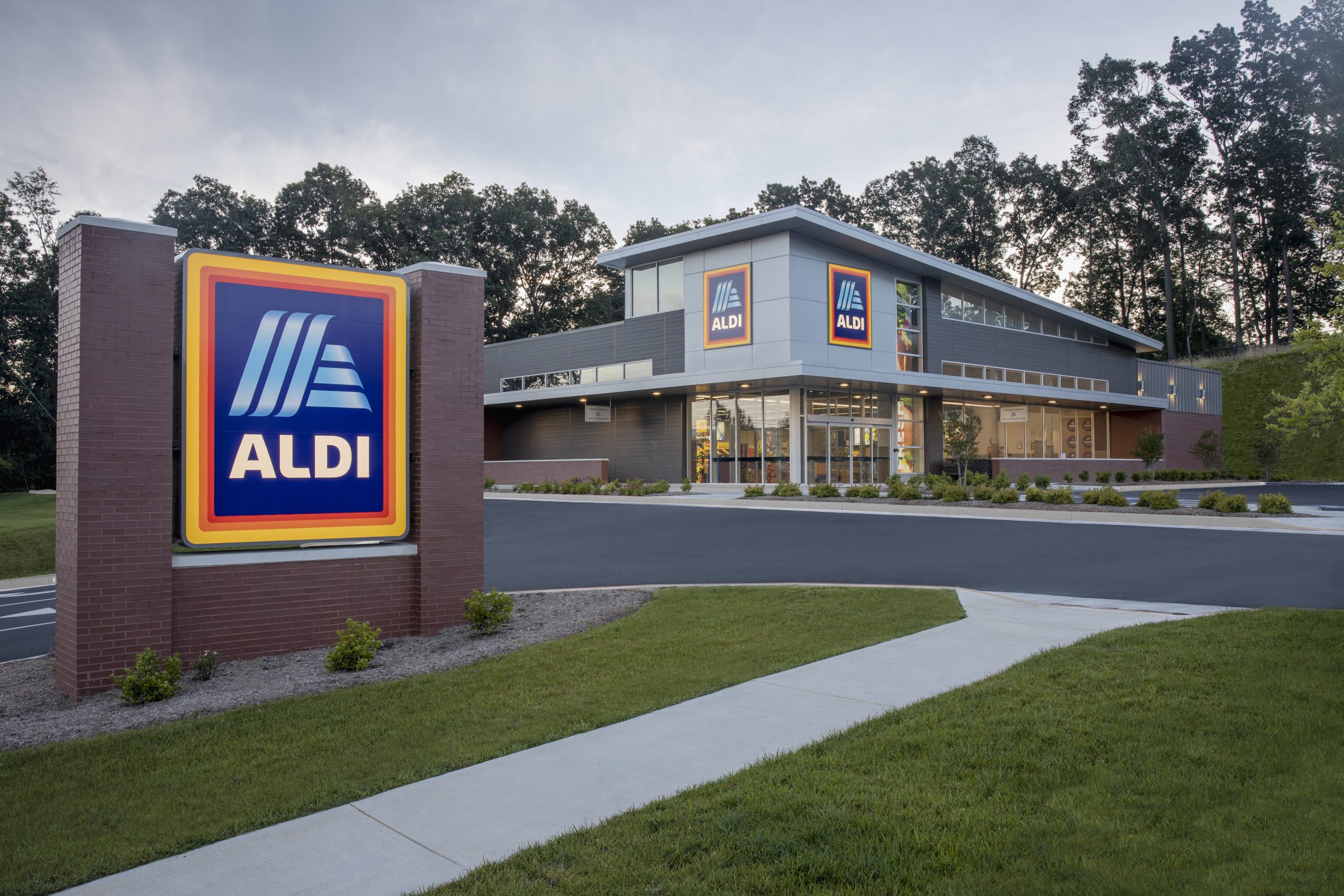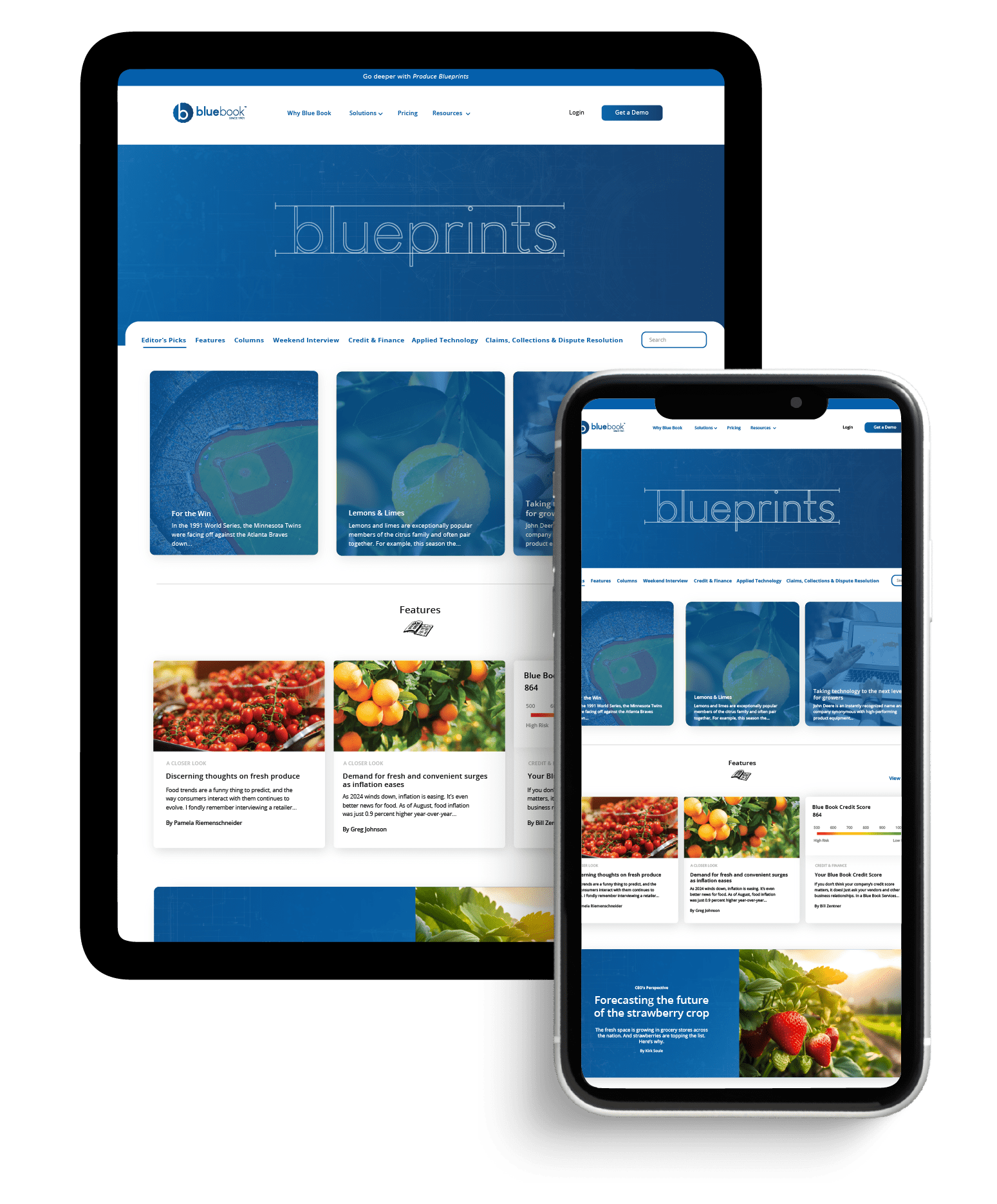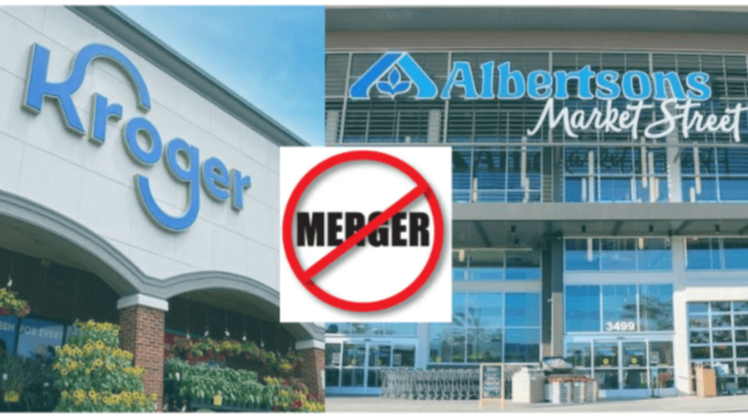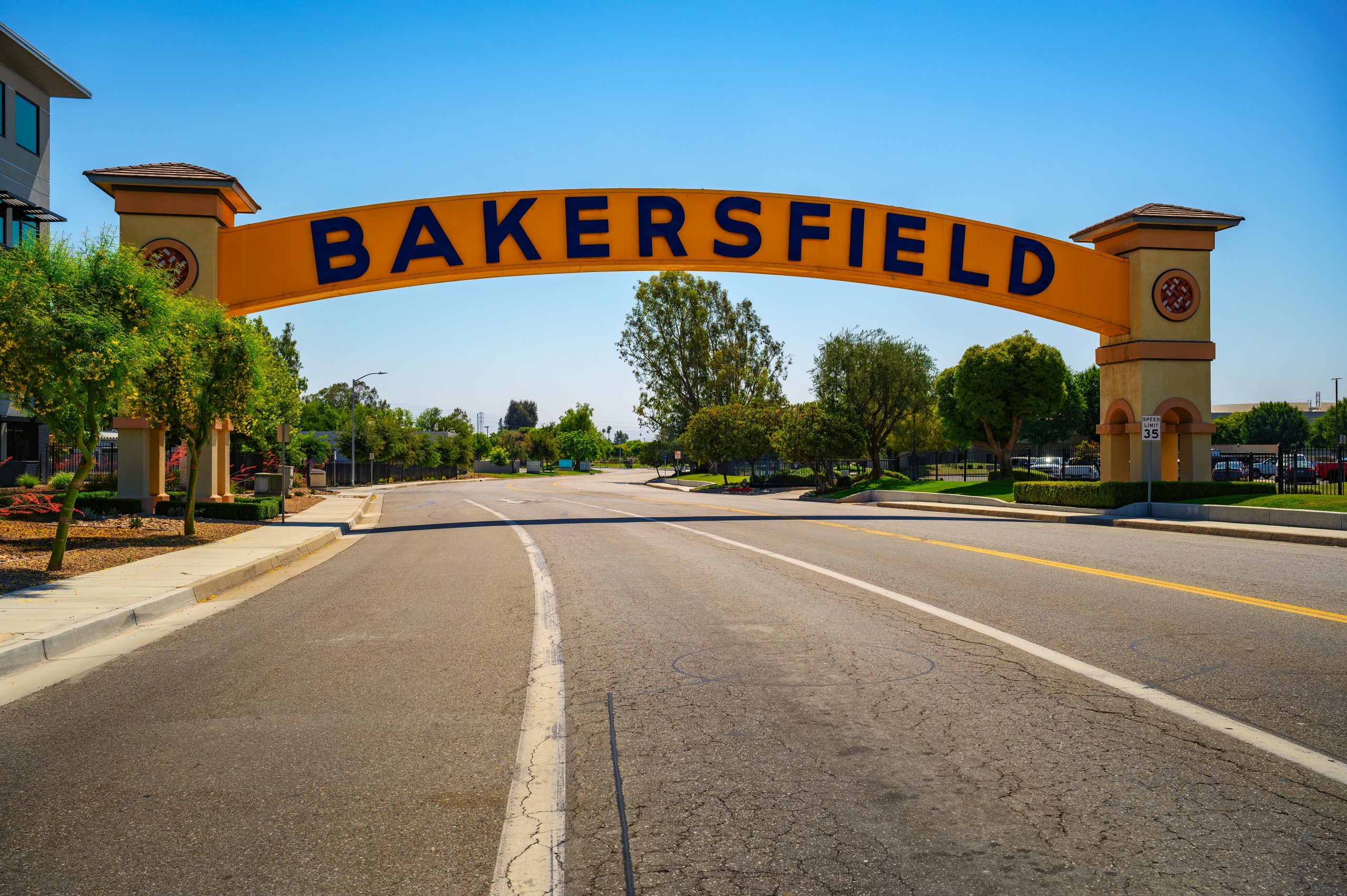Welcome to Blue Book!
Are you ready to join the thousands of companies who rely on Blue Book to drive smarter decisions? View our plans and get started today!
Still have questions? We’d love to show you what Blue Book can do for you. Drop us a line– we’ve been waiting for you.

In this article

Since entering the U.S. market in 1976, Aldi, Inc. BB #:116756 based in Batavia, IL, has become the third-largest grocery retailer in the country, with 2,466 U.S. locations in 40 states at the beginning of 2025.
Aldi is also one of the fastest growing with plans to open 225 stores in the United States this year, the largest number in its history, putting it well on its way toward a goal of 800 store openings between 2024 and 2028.
This would expand Aldi’s footprint by 30 percent and catapult it over Kroger BB #:100073 and Albertson’s BB #:193326 to become the largest U.S. grocery retailer. Aldi is investing $9 billion into new store openings and renovations during this period, on top of $5 billion invested over the previous five years.
Aldi bought Southeastern Grocers last year, bringing 400 Winn-Dixie and Harveys Supermarkets into the fold. Yet in February of this year, 170 of these stores were sold to private investors including C&S Wholesale Grocers BB #:137315. Aldi will keep 220 locations to convert to its format through 2027.
Low-Price Advantage
In the highly competitive and crowded grocery retail space, Aldi has long been known as a no frills, low-price leader.
“Aldi’s low prices are a key competitive advantage,” confirms David Bishop, partner at retail consultancy Brick Meets Click in Barrington, IL.
He cites charging shoppers for carts and bags at checkout as two examples of how the chain keeps its prices down. Another is no-nonsense décor. “Aldi also leverages display-ready cases to reduce the labor costs associated with replenishing store shelves.”
Requiring shoppers to rent and return their carts emphasizes the chain’s positioning. “It’s not about a quarter,” comments Supermarket Guru Phil Lempert in Los Angeles, CA. “It’s about efficiency and underscoring the low prices.”

Proprietary Brands
Aldi’s offerings are another pricing factor. “Private brands are a strength for Aldi,” notes Ashley Nickle, consultant and project manager of Ashley Nickle Growth Strategies, LLC, based in Kansas City, MO.
“Aldi stores have copycat products—alternatives to existing national brand items—but they also have many unique items, particularly in general merchandise.”
According to the inaugural Aldi-commissioned Price Leadership Report, published in January 2025, a family of four saves 22 percent annually by shopping at Aldi, compared to private label products at competing stores, and 36 percent versus comparable brand name products at its rivals.
In the produce department, shoppers can save up to 43 percent on fresh vegetables and 25 percent on fresh fruit, according to Bill Duesenberg, Aldi’s director of corporate buying for produce.
Twenty years ago, Aldi was viewed as a destination for low-income shoppers, but this has changed.
According to the chain’s December 2024 (Un)Wrapped report, Aldi attracted close to 50 million shoppers in 2024, 39 percent of whom were new to Aldi, as inflation has driven more consumers to give it a try. All told, 25 percent of U.S. households shopped at Aldi last year.
Equally impressive was the chain’s ranking on National Retail Federation’s “2024 Hot 25 Retailers List,” where Aldi came in at #5, with estimated year-over-year sales growth of 17 percent in the United States.
“We work hard to make sure our produce meets the just-picked quality our shoppers expect, and it’s why we deliver fresh produce daily and source locally whenever possible.”
Beyond Price
“At the end of the day, price is what Aldi hangs its hat on, but it’s made significant strides over the last decade in fresh offerings and in-store experience too,” points out Nickle.
“We know convenience is a huge factor for many consumers, and the size of Aldi stores means they’re easier and faster to navigate than a traditional supermarket or mass merchandiser like Walmart BB #:143789 or Target BB #:166987,” she adds.
Despite the emphasis on low prices, customers often laud Aldi’s customer service and rank its produce high on freshness. Many shoppers equate the chain with quality.
“Aldi’s very focused on quality,” agrees Lempert, which includes drilling down to details like ingredients. Stores tout a list of ingredients that will never be used in the retailer’s various private label products. “It shows Aldi cares about health, sustainability, and the customer.”
The quality positioning is further backed up by the chain’s “Twice as Nice Guarantee,” giving shoppers who bring an item back (excluding national brands and alcohol) twice what they paid.
There’s also a treasure hunt aspect to Aldi’s stores. The “Aldi Finds” program, which consists of rotating deeply discounted foods and nonfoods in limited quantities, adds excitement to the shopping experience.
The program has even developed a cult following, with fans setting up Facebook pages to discuss their purchases.
Strengthening Fresh
Although Aldi’s offerings are limited compared to larger stores, the chain has expanded its fresh items by 40 percent since 2018, with fruits and vegetables leading the way.
“We work hard to make sure our produce meets the just-picked quality our shoppers expect, and it’s why we deliver fresh produce daily and source locally whenever possible,” Duesenberg says.
“We keep our produce selection tight, just 120 carefully curated SKUs, so we can deliver the freshest, most in-demand fruits and vegetables,” he adds. “Plus, by working directly with our suppliers, we maintain strict quality standards.”
Aldi’s private label assortment includes Freshire Farms packaged fresh green beans and peppers; Little Salad Bar salad kits, peeled garlic cloves, and sliced fruit; Simply Nature organics; and Mandies mandarins.
Well-known branded options include mini potatoes from The Little Potato Company Ltd. BB #:165367, carrots from Grimmway Farms BB #:112956, stuffed mushrooms from Giorgio Foods, Inc. BB #:161206, and bagged mini avocados from Mission Produce, Inc. BB #:118126
Aldi is also ramping up fruit and its selection of organics. “We’re seeing excellent growth in berries, grapes, and organics,” confirms Duesenberg, crediting grower partnerships, new varieties, and packaging options for the surge.
Building Relationships
Another factor in Aldi’s ascendance as a grocery leader, according to Duesenberg, are several long-term agreements with suppliers.
“They’ve allowed key partners to invest in additional acreage, new facilities, production lines, and technology,” he shares.
“Our buying teams are fully prepared to have these conversations with suppliers, and we’re more open than ever to creating customized long-term agreements that work for our partners and our shoppers.”
One example is grower Fowler Packing Company, Inc. BB #:112355, based in Fresno, CA, an Aldi partner for nearly two decades.
“Together, we expanded our citrus and table grape selection, bringing new, top-quality fruit to Aldi shoppers,” reports Duesenberg. “Simultaneously, our support for Fowler allowed them to invest in new technology and operations that create efficiencies to help keep prices low.”
Close supplier relationships also allow Aldi to regularly introduce new varieties at a good price. Duesenberg mentions the expansion of Aldi’s premium grapes as an example, calling out Specially Selected Perfect Pairing Grapes, which combine red and green varietals in a single pack.
Autumncrisp grapes are another new product standout, as well as snacking tomatoes, Cara Cara oranges, and jumbo blueberries.
“Even though many grocers might not consider Aldi a main competitor, I’d expect almost every grocery retailer has a subset of customers who spend money at Aldi.”
Less Waste, More Taste
Aldi also looks to its suppliers to help achieve its sustainability goals. “On a routine site visit to our fresh Cotton Candy grape supplier, we realized the grapes’ higher sugar content meant they were prone to ‘shatter,’ or fall off the stem,” Duesenberg recalls.
“It meant perfectly good grapes were unusable,” he explains. “After some brainstorming, we worked with our grower to develop a first-to-market solution to reduce food waste.
“We introduced frozen grapes as an Aldi Find in 2023, and after selling out in just three days, we brought them back again in 2024, helping save 50,000 pounds of grapes from going to waste.”
Lempert praises Aldi’s management teams for their ingenuity and loyalty to its suppliers.
“They really value their vendors—they really care about their suppliers making money and being able to grow and sustain themselves. Aldi treats the industry well—and that shows in its employees, stores, and quality of products.”
Competitive Impact
Few mainstream supermarkets or big box stores feared Aldi a few years ago, but they’re paying attention now.
“Even though many grocers might not consider Aldi a main competitor, I’d expect almost every grocery retailer has a subset of customers who spend money at Aldi,” notes Nickle.
“Even if Aldi is only snagging part of the basket, those are still dollars that aren’t going to the supermarket or whatever store the consumer would otherwise be patronizing.”
“Supermarkets and mass retailers both face threats from Aldi,” agrees Bishop. “In fact, the typical customer mix at Aldi aligns more closely with that of Walmart, as compared to supermarkets.
“And, while lower-income customers would historically have been attracted to Aldi,” Bishop continues, “today the hard discounter is experiencing solid growth with more affluent households as it has enhanced various aspects of the business.”
Lempert notes that when Aldi enters a market, competitors must lower their prices to compete, reducing margins, while also seeing some of their shoppers move to Aldi.
“In Florida, Aldi is stealing customers from Publix BB #:110909, which is known for its great service and strong prepared foods program,” points out Lempert. “The consumer has changed; people are much more into value now.”
What’s Ahead
Looking ahead, Bishop sees two potential threats to Aldi’s ambitious growth plans. “Consumer adoption is an issue, especially in new markets Aldi enters or with noncustomers in existing trade areas,” he explains, citing low brand/format awareness and past perceptions as contributing factors.
In addition, Aldi’s format itself isn’t for everyone. “Some people may want more options,” observes Bishop, such as more customized service options. “Or preferring someone else bags their groceries or finding it inconvenient to keep a quarter on hand for the cart.”
But, bottom line: “Otherwise, it’s hard to imagine what will slow down Aldi’s expansion efforts.”
Nickle is on the same wavelength. “In my mind, there’s very little standing in Aldi’s way at this point—it’s not a matter of whether Aldi stores will continue to gain market share but who they’ll take it from.”
Lempert believes every retailer should take note and learn from Aldi’s expansion and success. “Aldi does it right.”










